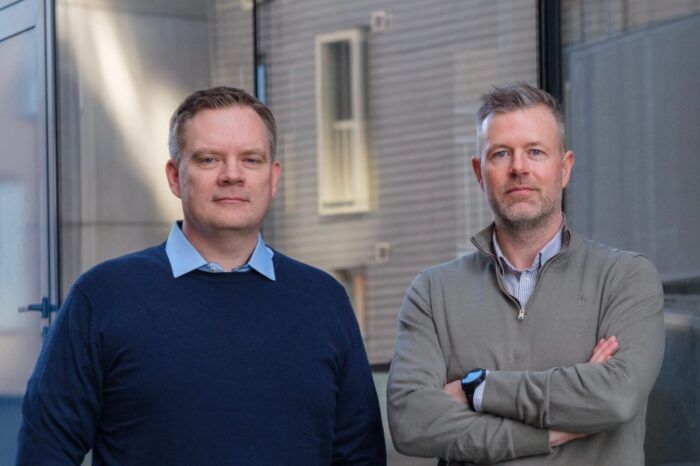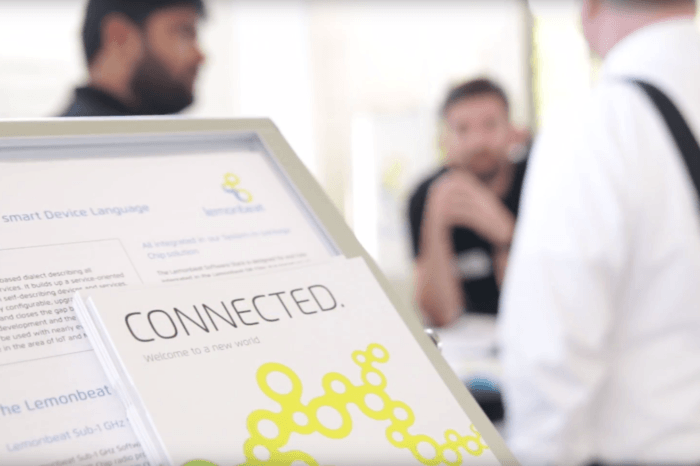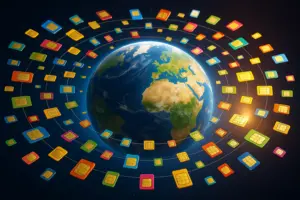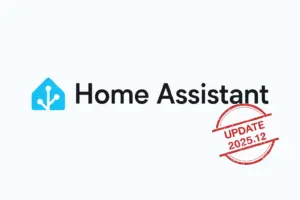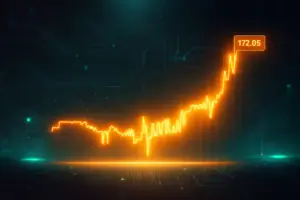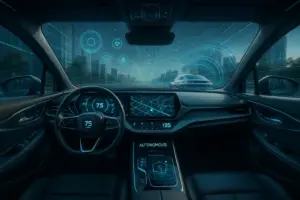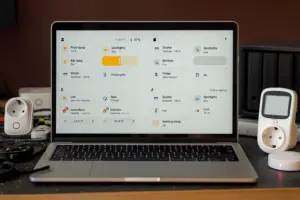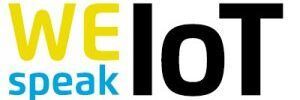IoT is changing our world

Everyone’s heard the buzzwords – IoT, smart devices, Industry 4.0 and the many others. However, when you ask what people mean by IoT, you’re likely to get vastly different answers. Why is this? One reason may be that whilst IoT has already permeated many different segments of our daily lives, we often don’t actually realize that it is already here. Arguably, you could define the ubiquitous smart phones as ‘smart devices’. Personal assistants such as Microsofts Cortana, Google Home, Apples Siri and Amazon Echo/Alexa would qualify as well.
While our industry has already embraced data-driven automation, filling production lanes with sensors and semi-autonomous robots – as demonstrated at the IT2Industry[1] and Automatica[2] – Consumers have not yet realized the full extent and advantages of IoT at large. Additionally, like with just about every other disruptive technology, the Internet of Things goes through different phases.
The Cloud won’t be the answer to all of IoTs challenges
Currently, many IoT companies focus on connecting all kinds of different data to a cloud service, in order to capitalise on the recent advances in Machine learning and AI, and run algorithms across that ‘Big Data’ (AWS, Azure, Watson, and GCP spring to mind). Whilst this is certainly useful, there’s consensus that we will not be able to transfer all data to the cloud in the future – our connections simply won’t suffice for the incredible amount of data likely to be generated. (Not to mention the obvious disadvantages: dependency on proprietary cloud service providers – which can lead to ‘bricking’[3] – and safety issues around crucial data, amongst others.)
However, the real strength of IoT lies in connectivity – not only to the cloud, but to every other device. Take the following areas for example: We at Lemonbeat made the first steps[4] in Building automation, and once more, the industry has embraced the new technology first (as it is cost-efficient), while consumer-based home automation has had it’s share of frustrating setbacks[5], but is getting better every second[6].
The real strength of IoT lies in connectivity – not only the cloud but every other device
Medical and health based IoT is already being used: telemetry, sensors measuring patient’s vital signs and remote monitoring as well as tracking of medication orders are the most common. Our cities – which have to deal with an ever-increasing influx of new inhabitants while keeping all services running – are getting smarter: from sensors controlling plant growth on pillars in Mexico city[7], to London[8] and Dublin[9] using IoT to ease traffic and safety issues, to large-scale concepts such as this futuristic vision for a greener, smarter Paris[10]. (Most cities currently focus on cloud-based solutions, but with the increasing amount of data, smart linked devices are bound to become increasingly important.)
But even aside from the headlines, IoT is already making quite an impact – the increasing number of IoT-centric Startups, for example, shows that there is a need to create solutions for the estimated 200 Billion ‘smart’ devices predicted for 2020 – about 26 devices per human (according to Intel[11]) and a market estimated at 14$ trillion[12]…
So what are the challenges we face in order to integrate IoT in our lives safely?
A standard is needed, easing the overlap between designers, engineers, manufacturers and clients (and it’s underway at the W3C[13]). We need a greater number of use-cases at lower cost, and Industry and Startups are working on that. New devices are needed, and the Arduino/Raspberry Pi and Maker Communities are working on those every day. A simpler approach to programming and understanding those devices is also needed, and – you guessed it – it is being worked on[14].
IoT has already changed our world, and it’s going to continue to do so. Consequently, we should grasp the opportunities we have now, and shape our future!
[1] Messe München, “IT2Industry“-Fair
[2] Messe München, “Automatica”
[3] zdnet.com, “Nest to deliberately brick old smart hubs“, 4 April 2016
[4] WeSpeakIoT.com, “Smart shades that know when its time to open and to close“, 31 August 2016
[5] Fortune, “5 Reasons why Smart Home is still stupid“, 19 August 2015
[6] innogy, “innogy Smart Home”
[7] Reuters, Video “Mexico City raises green awareness with vertical gardens“, 15 August 2016
[8] V3, “TfL using IoT sensors to ease road, rail and Tube congestion“, 10 February 2016
[9] SmartDublin.ie, “What is Smart Dublin?”
[10] BTATW.com, “Futuristic Smart City Vision of Paris in 2050 by Vincent Callebaut“, 2014
[11] Intel, “A Guide To The Internet Of Things”
[12] Accenture.com, “Industrial Internet of Things Will Boost Economic Growth, but Greater Government and Business Action Needed to Fulfill its Potential, Finds Accenture“, 21 January 2015
[13] W3C, “World Wide Web Consortium”
[14] Lemonbeat, “Lemonbeat smart Device Language, LsDL“



